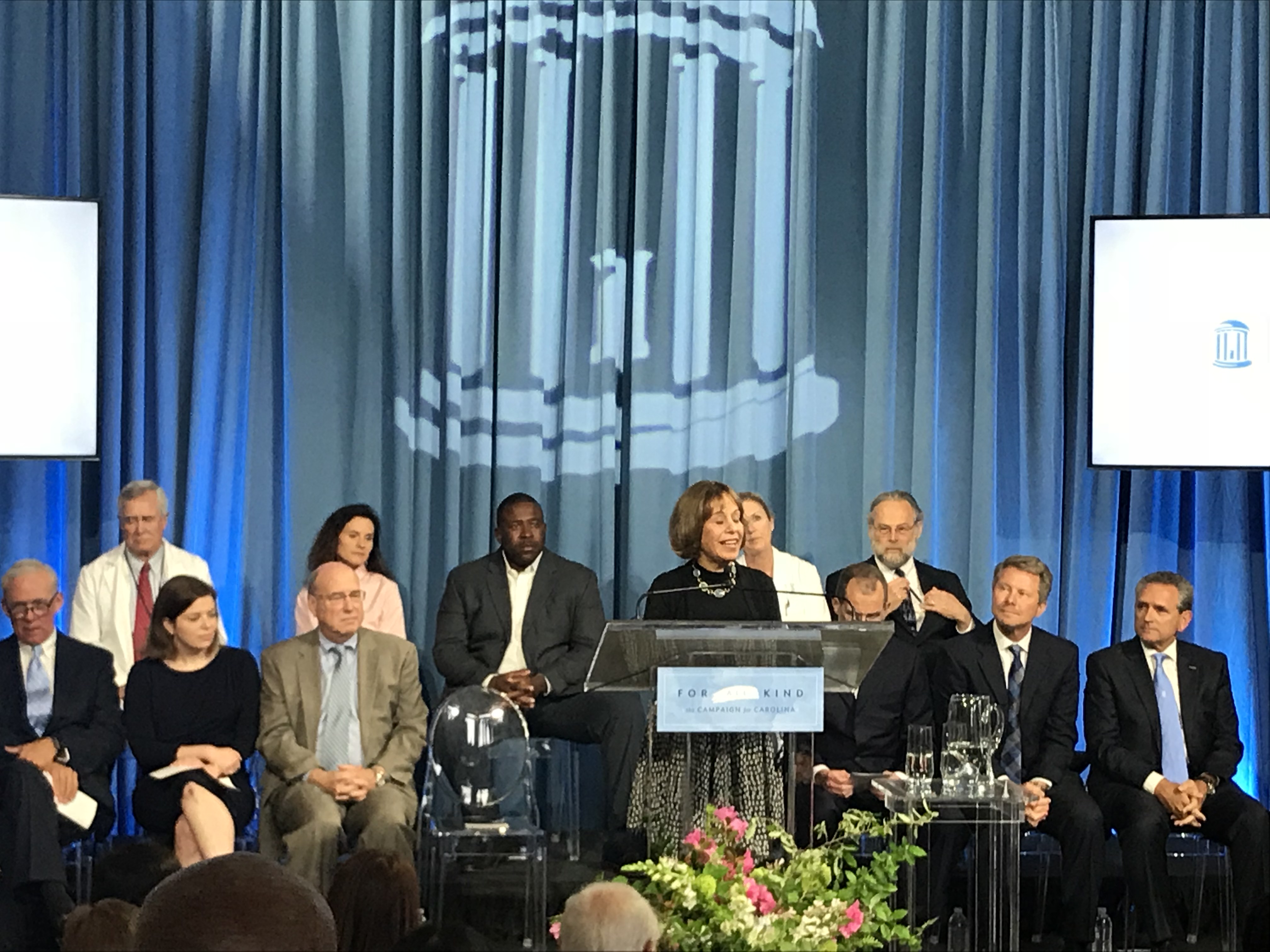Recently published findings from a cancer study led by researchers at the UNC Lineberger Comprehensive Cancer Center could lead to new methods of diagnosing and treating one-in-ten cancers.
“What we see in this particular analysis now, looking at 12 different cancer types is that the one subtype that we call the basal-like breast cancer is more like squamous cancers of the head and neck and lung, and ovarian cancers, than it is to the other breast cancers,” said Dr. Katherine Hoadley, a Research Assistant Professor in Genetics at UNC.
She was giving just one example of how nearly seven years of study for The Cancer Genome Atlas has caused researchers to re-think the diagnoses and treatments of some cancers. That knowledge could lead to some changes in drug treatments.
Hoadley is the lead author of a research paper about the findings, published in the August 7 online edition of Cell.
Since 2006, research has identified cancer as many types and subtypes of diseases, rather than just one. But up until now, disease types have been identified by the tissues where they originated – for example, the brain, or the lungs, and so on.
However, studies for The Cancer Genome Atlas have led scientists to conclude that cancers are more likely to be genetically similar based on the cell where the cancer originated, not the tissue.
“In some cases, the type of cell is one-and-one with the type of tissue,” said Hoadley. “But in other cases, in some tissues, there’s more than one type of cell that can give rise to cancers.”
Hoadley said that’s important to know, especially if different cells in the same tissue produce tumors differently.
She added that there are a couple of ways that scientists should move forward with this new knowledge about cancer cells.
“It’s probably not going to change treatments within the next year, or something” said Hoadley. “But we’ll start to look at trials. We’ll go back to clinical trials that we have data for, and look to see if we had re-classified those samples based on this knowledge that we now have, based on the cell of origin and not necessarily the tissue, would that have changed the outcomes?”
The next step, she said, is to move beyond the 12 different tumor types that have been studied already, and to study more than 20 different tumor types in the near future.



